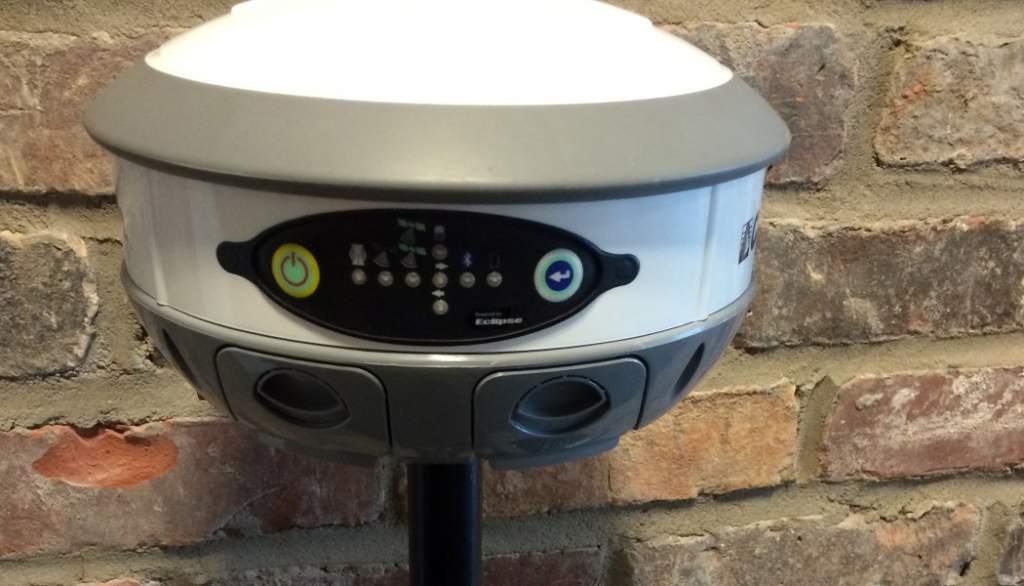Did You Know that Watts Has GIS Capabilities?
March 16, 2015
They say a picture is worth a thousand words, well, how about a multi-layered interactive map with geo-referenced data tables, available at the click of a mouse? Geographic Information System (GIS) is changing the way we work, think, and communicate.
They say a picture is worth a thousand words, well, how about a multi-layered interactive map with geo-referenced data tables, available at the click of a mouse?
Geographic Information System (GIS) is changing the way we work, think, and communicate. Skip the large reports and raw databases; GIS is a better way to communicate information. These days, instead of sending a list with associated addresses and raw data tables that will get lost in a file somewhere, consultants and clients alike are realizing that information available on an interactive map is much more orienting and extremely efficient. In addition, efficiency can be maximized if GIS is incorporated early on in a project and data is entered directly (only once) into GIS format. To most, this is a different way of thinking, but it is really the best way to efficiently manage large data sets. Clients are finding that it is actually easier to both find and update data when it is organized in an interactive, user-friendly GIS format.
One of our recent GIS projects includes management of a street lighting system (e.g., poles, wires, pull boxes, power sources) for a large municipality. The project involves taking as-built Computer Aided Design and Drafting (CADD) drawings for recently reconstructed streets and importing them into an interactive GIS format with user defined attribute tables. Additionally, the municipality will be incorporating GIS into future projects to keep building upon their GIS streetlight tracking system. Our project also involves training municipal employees how to work with and create GIS layers for future projects. The end result will be a user-friendly web application that will allow public works representatives to identify and prioritize bulb change-outs and other maintenance on a proactive basis. GIS data can be maintained on a desktop, laptop, tablet, smart-phone, or even printed! GIS print templates will allow users to print application specific and user friendly paper mapping/data at a moment’s notice for orientation of field personnel (or for documentation/insertion into paper-based job orders).
Another of our important uses for GIS data is coordination and team-sharing of project data on large regional projects. However, we are finding that smaller projects can benefit from early incorporation of GIS as well! How can we help you with your project? Contact us today!

